By Nicki Richesin, The Children’s Book Review
Published: January 10, 2012
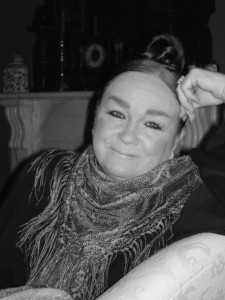
Patricia Polacco is the much-loved, award-winning author of many children’s picture books. She brings boundless imagination and her cultural heritage to her storytelling with her uniquely bold illustrations and great ability to spin a yarn. She has most recently published Bun Bun Button and Just in Time, Abraham Lincoln. The new documentary Tricia’s Michigan gives viewers a rare glimpse into her beautiful Michigan home to see her doing what she loves best, working on her books.
Nicki Richesin: Thank you for taking time out of your busy schedule to chat with me. My daughter and I have loved reading your beautiful books for years now. You’ve created quite a remarkable collection of children’s books. Do you consider yourself a born storyteller?
Patricia Polacco: I don’t know that story tellers are born. I think I was shaped into one by being raised by amazing story tellers. My dad was a wonderful story teller, his family was Irish. My mother’s people were Russian and Ukrainian, natural story tellers. So I literally, inherited it from both sides.
You’ve talked of the huge influence your grandparents had on your life and the cultural legacy they left you and your family. We’ve enjoyed reading your many books about doting grandparents who teach important lessons to their grandchildren (such as The Bee Tree, Babushka’s Doll, and Thunder Cake). My best friend read When Lightning Comes in a Jar to my daughter and actually started weeping as she read it. How do you convincingly convey your grandparents’ wisdom to future generations?
I guess I am relating how it happened to me. You can be convincing when you are telling a memory that is true.
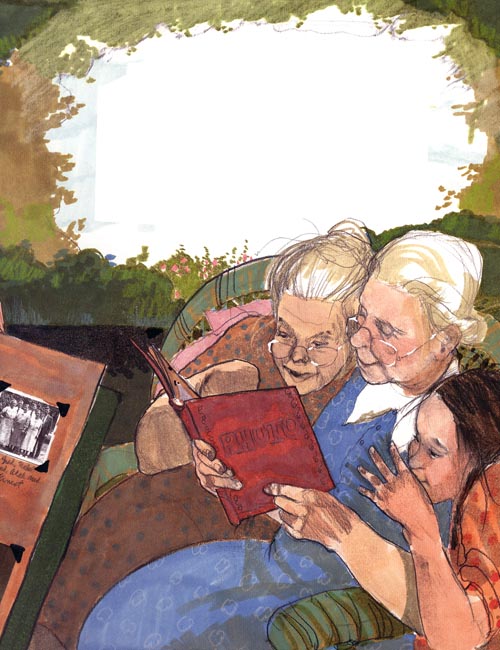
You studied iconography, received a Ph.D. in Art History, and used to restore icons for museums. In your illustrations, you have recreated some truly stunning images. You’ve also inserted actual photographs of the people you’ve known and loved in your books. How did you replicate this art work as you did with Russian art in Rechenka’s Eggs and Babushka’s Mother Goose?
You color xerox it and keep reducing it in size until you have the size you want and then simply paste it into the artwork.
You lived in Oakland, California for many years and then decided to move back to your childhood hometown Union City, Michigan. How did living in the San Francisco bay area influence your work and how has returning to Michigan again after all these years changed, if at all, how you work?
Well obviously, living in Oakland, the multiculturalism of that life influenced how I wrote. I don’t know that it has changed how I work. If anything, it has added a richness due to the absolute difference of living here. Small town compared to big city.
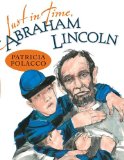 In your new book, Just in Time, Abraham Lincoln, you tell a time travel story about two little boys who meet President Lincoln during the Civil War. I got chills when the boys show him a penny with his profile on it and tell him that one day there will be an African-American president. I know your home at Meteor Ridge Farm was once part of the Underground Railroad and briefly visited by President Lincoln. Did you feel his spirit move you to write this book?
In your new book, Just in Time, Abraham Lincoln, you tell a time travel story about two little boys who meet President Lincoln during the Civil War. I got chills when the boys show him a penny with his profile on it and tell him that one day there will be an African-American president. I know your home at Meteor Ridge Farm was once part of the Underground Railroad and briefly visited by President Lincoln. Did you feel his spirit move you to write this book?
In a strange way, yes. I was also influenced by taking many, many train trips through Harpers Ferry, which is the setting for the story. But I have been a Lincoln scholar for years.
I’m told your latest book Bun Bun Button was inspired by a young fan who gave you her much-loved stuffed animal at a reading. I know other children’s book authors, like Beverly Cleary, have been similarly inspired by letters or by meeting their fans. You also host bi-annual events, like the Meteor Festival, at your home for your devoted readers. Could you tell us a little bit about your relationship with your fans and how they have inspired you in your work?
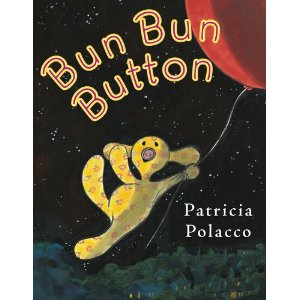 Just a correction here; the little girl, Morgan, did not “give” me her Bun Bun, she let me hold it briefly. I do between 150 and 200 school visits a year and you can’t help but be inspired when you are around young people. I am inspired everyday by observing things that children do and think and say.
Just a correction here; the little girl, Morgan, did not “give” me her Bun Bun, she let me hold it briefly. I do between 150 and 200 school visits a year and you can’t help but be inspired when you are around young people. I am inspired everyday by observing things that children do and think and say.
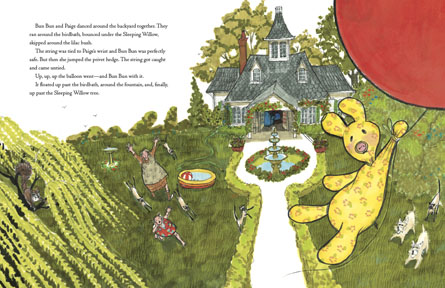
You’ve written so many award-winning books. Is there a story you’ve been longing to tell that you haven’t written yet?
I have a wonderful Christmas tale that I am going to be writing in the next couple of months that is a grand tale that I have wanted to write for years. It is called Gifts of the Heart and is a personal story of my childhood.
I recently read your marvelous Babushka Baba Yaga to my daughter and it was the first time I had read a version of this story wherein Baba Yaga was a kind and sympathetic character. How did you come to create this story?
I took 50 American school children one summer with me to Russia. We were doing an art camp in a small village about 60 miles north of St. Petersburg. These children ranged in age from 9 to 17 years old. They had preconceived ideas, as most Americans did, about what Russians are like. So in a real sense, they believed all Russians were like the original Baba Yaga that appears in so much folklore. I took these kids for a walk through a dense forest and we started talking about the legends of the Baba Yaga. I put the notion to them, what if everything we read about her is a lie? Just as everything they had heard about Russians, they were discovering was quite untrue. This inspired a version in my heart of a Baba Yaga who had been completely misunderstood and demonized by vicious rumors and untruths.
A documentary called Tricia’s Michigan has just been released about your life and work in your hometown. It received a starred review from the School Library Journal and gives viewers the rare opportunity to enter your everyday life. Could you tell us a bit about how this project came about and your experience making the film?
The young filmmaker, Evan Polivy, is the son of a former book store owner that I have known for the last twenty-seven years. He contacted me and asked if he could bring his crew to my farm and collect film footage for a video. I jumped at it because I have known him since he was a little boy. I was stunned at the professionalism and the questions that he asked. I think he got a very real slice of life while he was here and put it together so beautifully.
What projects are you working on now and what can we expect to read from you next? What gives you the most satisfaction about your work?
The project I am working on as we speak is the prequel to The Keeping Quilt. It is called The Blessing Cup and describes Anna’s life during the pogroms in Russia and why the family was forced to leave and come to America. I am also working on new chapters to be added to the existing end of The Keeping Quilt, bringing it up to current times.
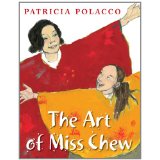 The Art of Miss Chew is about a wonderful art teacher that changed my life. This book is being released in April of this year. Also, Bully, which is about cyber-bullying among 6th grade girls. I believe that comes out this fall. Coming after that will be The Keeping Quilt and The Blessing Cup and also a biography of Clara Barton. My first young adult novel about the Holocaust, called The Pishky Box, will be coming out in a year or two.
The Art of Miss Chew is about a wonderful art teacher that changed my life. This book is being released in April of this year. Also, Bully, which is about cyber-bullying among 6th grade girls. I believe that comes out this fall. Coming after that will be The Keeping Quilt and The Blessing Cup and also a biography of Clara Barton. My first young adult novel about the Holocaust, called The Pishky Box, will be coming out in a year or two.
What gives me the most satisfaction about my work? I guess the completion of it, leaving a record here that is going to last longer than my flesh and bones.
Nicki Richesin is the editor of four anthologies,What I Would Tell Her: 28 Devoted Dads on Bringing Up, Holding On To, and Letting Go of Their Daughters; Because I Love Her: 34 Women Writers Reflect on the Mother-Daughter Bond; Crush: 26 Real-Life Tales of First Love; and The May Queen: Women on Life, Work, and Pulling it all Together in your Thirties. Her anthologies have been excerpted and praised in The New York Times, the San Francisco Chronicle, The Boston Globe, Redbook, Parenting, Cosmopolitan, Bust, Salon, Daily Candy, and Babble.
